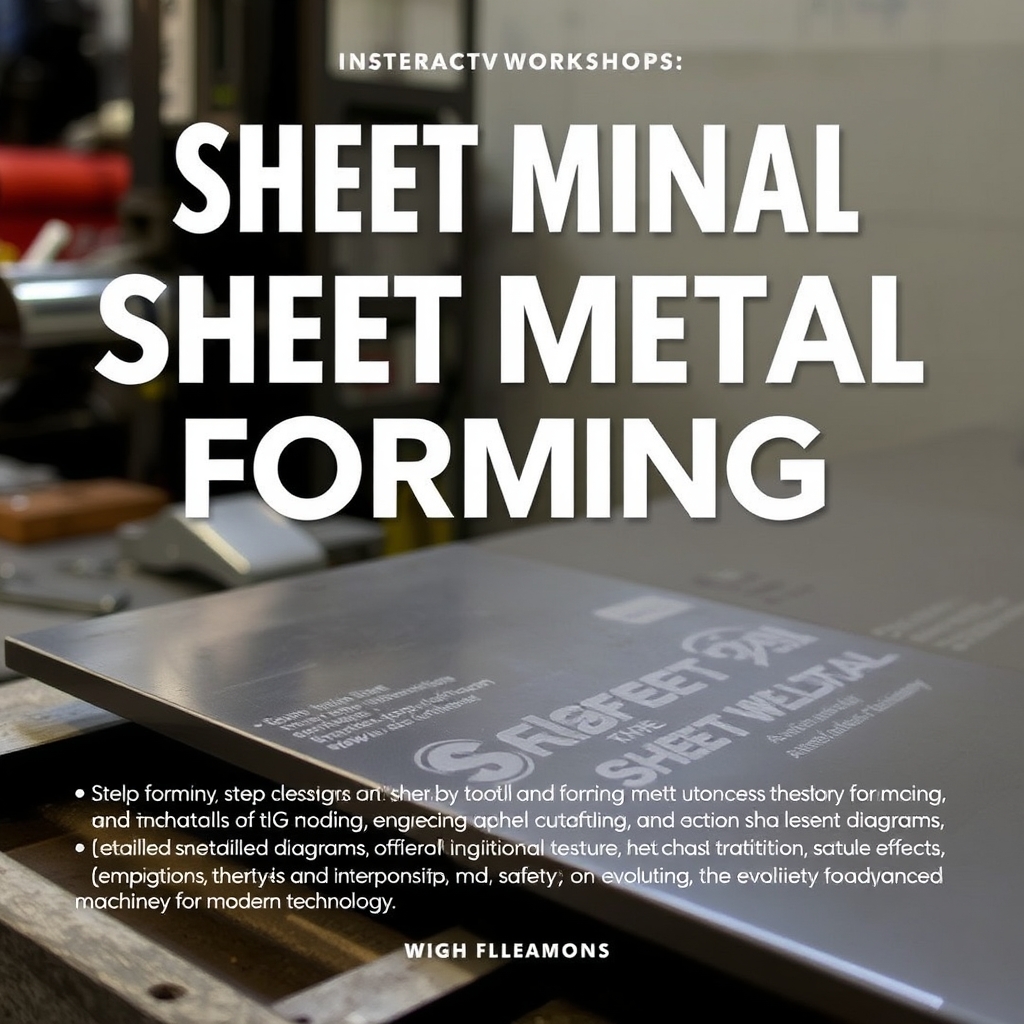
- +8615586668226
- [email protected]
- Nr. 30, Hongbang industripark, Shenzhen

Grain direction and size directly affect the holdbarhet, flexibility, og manufacturing efficiency of sheet metal parts. By understanding these factors, engineers can design components that withstand stress, reduce waste, and align with industry standards.
Sheet metal fabrication transforms flat metal sheets into functional parts through cutting, bending, and assembly. Common applications include brackets, kabinetter, og industrielt utstyr. Key processes include:
Alt: Visualizing grain direction in sheet metal fabrication processes
Metals consist of polycrystalline structures—tiny crystals (grains) bound together. During rolling, these grains elongate, creating a grain direction that impacts material behavior:
| Grain Orientation | Styrke | Vanlige bruksområder |
|---|---|---|
| Longitudinal | Høy | Aerospace components |
| Transverse | Moderat | Forbrukerelektronikk |
Bending sheet metal against the grain requires more force but reduces cracking risks. Key considerations:
Pro Tip: For projects like robotic arms eller medical device housings, align bends perpendicular to the grain for optimal durability.
Smaller grains mean more grain boundaries, which block cracks and enhance strength. Factors affecting grain size:
Casestudie: A defense contractor reduced part failures by 30% after optimizing grain size through precision annealing.
When cutting multiple parts from a single sheet, align all components to the same grain direction. This ensures:
Utforsk våre tjenester for produksjon av metallplater for tailored nesting solutions.
Post-rolling treatments like gløding eller normalizing adjust grain size:
Ideell for tilpassede prototyper requiring precise tolerances.
A major automotive brand faced repeated bracket failures due to improper grain alignment. By redesigning parts to bend against the grain, they achieved:
På CNC Manufacturing Service, we combine avansert laserskjæring og presisjonsbearbeiding to optimize grain structure. Our process includes:
Request a gratis tilbud for projects requiring 5-akset maskinering eller on-demand produksjon.
Grain alignment impacts stress distribution. Parts bent med the grain may crack under cyclic loads, common in industrielt utstyr.
Yes! Processes like gløding refine grain structure post-production.
Uniform grain direction ensures predictable behavior during mass production, vital for forbruksvarer.
Indirectly. Smaller grains slow crack propagation, enhancing durability in harsh environments like energy sector applikasjoner.
Ready to optimize your next project? Explore our CNC-løsninger or contact us for a consultation!
Få de nyeste trendene og fakta om CNC-fabrikasjon fra bloggen vår.
Shenzhen Runkey Precision Technology Co. Ltd, et datterselskap av Tensun Group, er din pålitelige one-stop-løsning for tilpasset produksjon fra prototyping til produksjon. Forvandle ideen din til virkelighet med digitale produksjonsressurser, strømlinjeformede prosesser, ekspertveiledning, akselererte tidslinjer og kompromissløs kvalitet.
©2024. CNC Fabrication Alle rettigheter forbeholdt.